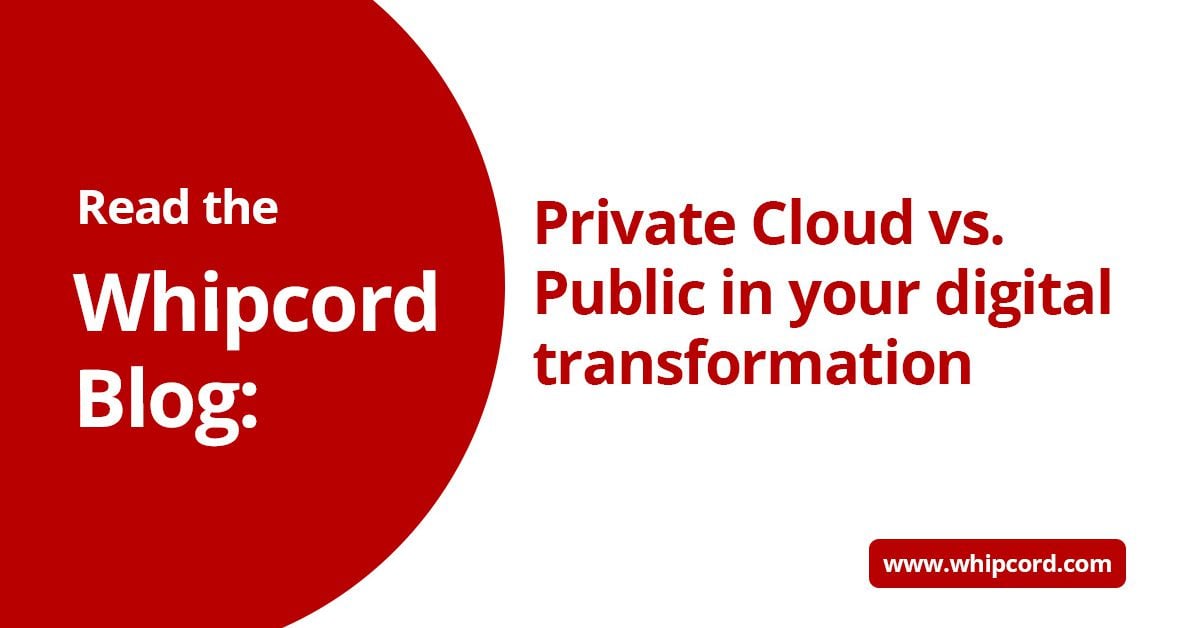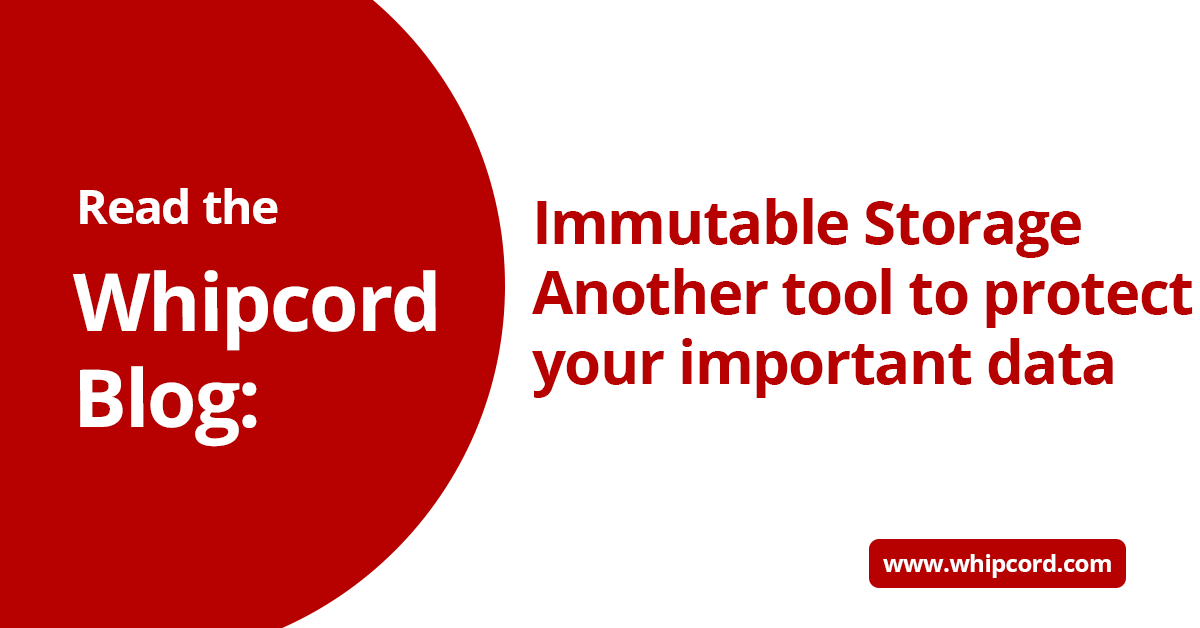With our US neighbours leading the charge, cloud computing has been at the forefront of IT strategy the past few years and adoption is still accelerating in Canada.
While some of us who have been around for a while would argue we’ve seen this before (anyone remember mainframe, timeshare or hosted ASP solutions?), cloud services remain at the forefront of digital transformation journeys.
There are a many cloud service delivery models with a few categories within. There are Public Cloud or Private Cloud with Software as a Service (SaaS) and Infrastructure as a Service (IaaS) being the most common delivery models.
Examples of SaaS, which we won’t cover in this post, include Microsoft Office365 or QuickBooks online where users directly interact with the application delivered by a hosted service provider. Infrastructure as a Service is where the cloud service provider provides infrastructure (compute, storage, internet) and the user manages their environment including data and applications.
If history repeats itself, Public Cloud usage should continue to grow in Canada, but demand for data centre Colocation and Private Cloud service providers should ALSO accelerate.
In the US, Colocation and Private Cloud environments have been picking up the slack for workloads that don’t fit well in public cloud. If you’ve tried to use software that doesn’t support public cloud licensing models, high volume or legacy systems like AS400, you’ve probably directly experienced how difficult, costly or impossible some workloads are for Public Cloud.
If you would like, there is a recent Veeam Report showing this trend available for download from our web here.
If Public cloud is all it’s made out to be, why is usage for Private Cloud and Colocation growing? Based on our experience it has come down to flexibility, support, predictable costs and control of the environment.
Flexibility
Private Cloud can offer a great deal more flexibility when compared to public cloud environments. When you partner with a good private cloud solution provider, they will work with you during the design phase, helping to architect and build a customized environment to suit your business needs.
Most private cloud providers, like Whipcord Edge, have several options available to build the ideal hybrid solution delivering Multi-Tenant, Dedicated & Bare Metal Cloud options in additional to traditional Managed Colocation and Managed Network Services.
Most IT departments welcome the assistance of a capable partner to make certain today’s needs are met, and tomorrow’s needs are considered while also putting controls around budget. Private Cloud providers offer that type of assistance.
Build & Ongoing Support
After design, during the build phase, a good managed private cloud provider should be delivering their customers a tailored environment that is in a ready to use state.
During testing, customers should be able to test versus plan, asking any questions and build confidence that the environment is both stable and meets needs. In addition, once in production, that same private cloud provider should have a service desk help answer questions or pitch in when you get in trouble.
In many cases, customers can leverage their provider to offload routine maintenance tasks or specialized skills (i.e., Cloud Backup, Disaster Recovery as a Service or even Firewall Management) to reduce burden on customer IT Teams and outsourcing to a specialist that becomes part of your ongoing operations.
You could argue that public cloud offers free consulting hours to help onboard customers, which is sometimes the case. Once onboarded, customers tend to be on their own at times without the internal expertise to manage public cloud.
Public Cloud environments are massively complex, and that complexity has implications for security, scalability, and costs that nearly require specialized knowledge of consultants, while a Private Cloud partner brings that expertise to the table.
Predictable Costs
While public cloud services may seem cost-effective initially, the long-term financial implications can be quite different. Costs can quickly accumulate as resource usage increases or for additional features, support, or data transfer (especially Egress fees!).
Since most changes are done on the fly by IT Operations trying to solve an issue, there isn’t a clear understanding of cost implications. That can be a real challenge for CFO’s when they get surprised on their invoice at the end of the month.
Matching public cloud Invoice items to actual workloads can be difficult after the fact leading to lingering costs while companies try and figure out important vs non-critical workloads. Remember when telecom consultants were paid to help organizations understand their complicated invoices? That’s happening again with Public Cloud invoices. In fact, many large cloud-first organizations have roles with the sole function of monitoring usage, finding zombie servers, and controlling costs. It shouldn’t be that difficult!
On the other hand, Private Cloud solutions offer predictable cost and control. During the design phase, scalability and redundancy are considered and planned for in advance. If customers are trending to scale faster than design, your provider has you covered with a variety of options available. The CFO is happy since any changes can be governed by Purchase orders or other approvals.
Software Licensing Cost Advantages
Have you ever pulled your hair out over software licensing costs in the public cloud? The one size fits all approach can really impact your budget. With Private Cloud, you may have a few more options. Private cloud infrastructure can be optimized to offer the lowest cost of service for commercial off the shelf software packages.
For example, software offered at a lower cost based on the number or physical hosts, CPU cores or even sockets. Private cloud can be designed with the software in mind. Also, blending in Bare Metal, Colocation of legacy assets or bring your own licensing can also help to control software costs. Public Cloud only offers a subset of bring-your-own license options – those vendors that choose to support their license on a Public Cloud instance.
Security & Control
Security remains a top concern for businesses, particularly when it comes to protecting sensitive data. Public cloud services typically involve sharing resources amongst many organizations. That can lead to potential vulnerabilities and risk that can be complicated, expensive or at minimum difficult to design around in a multi-tenant environment.
With Private Cloud, service providers can work with customers to implement robust security measures tailored to their organization's security posture. The ability to include security design in your deployment, including things like physically segmented networks, or dedicated physical security appliances throughout a dedicated private cloud infrastructure can facilitate things like stringent access controls or encryption protocols.
This level of security and control can be important for industries with strict compliance regulations, such as healthcare, finance, and government sectors. Similarly, data sovereignty can be important ensuring protection from government overreach from other countries.
Conclusion
While Public Cloud has some advantages, organizations seeking flexibility, ongoing support, predictable cost, tailored security & control should seriously consider Private Cloud solutions as part of their strategy.
If you're ready to take your organization's cloud strategy to the next level, consider partnering with a trusted private cloud service provider like Whipcord Edge. With expertise and proven track record, we can help avoid some of the challenges with Public Cloud.
-1.png?width=1092&height=792&name=logo%20(1092x792)-1.png)
%20copy(black%20letters).png?width=1092&height=792&name=logo%20(1092x792)%20copy(black%20letters).png)




.png?width=100&height=91&name=white%20logo%20(100x91).png)